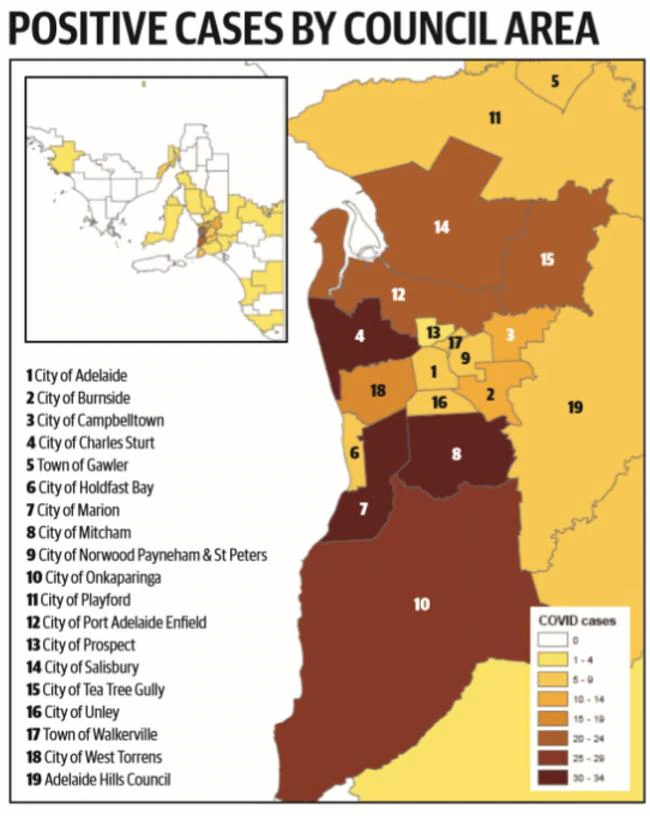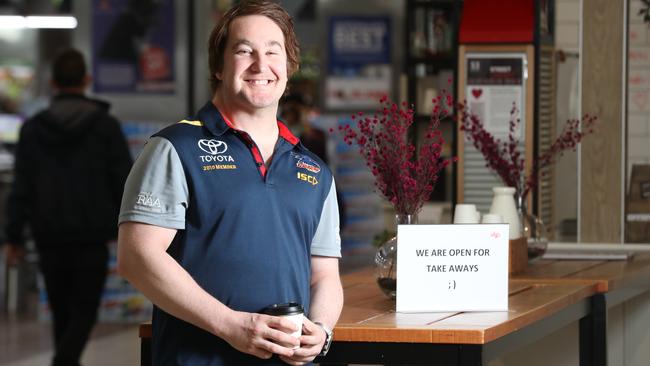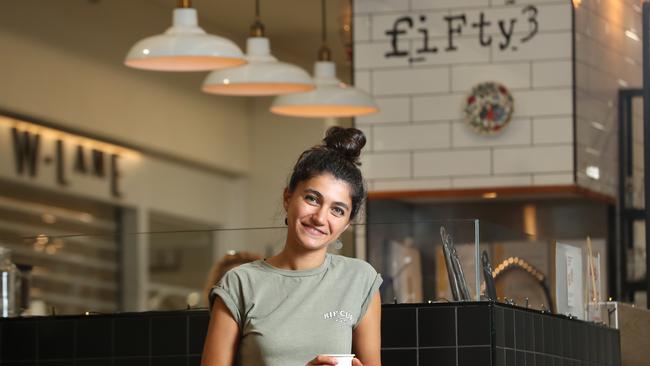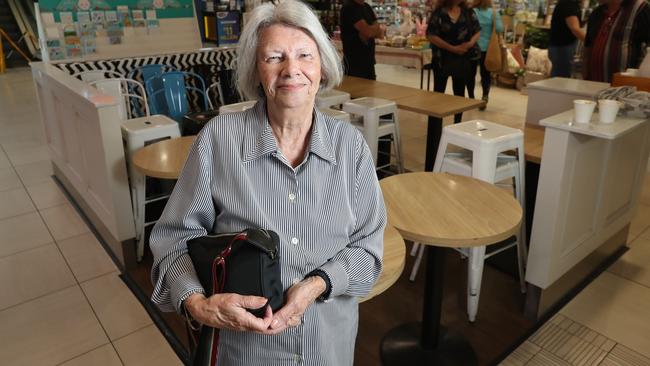SA coronavirus hot spots revealed in latest coronavirus heatmap update as local mayor calls for residents to stay at home
Mitcham, Marion and Charles Sturt have been revealed as Adelaide’s coronavirus hotspots in a new Advertiser heatmap that, alongside the number of cases, shows the population and median age for every area so you can put the data in context.
Coronavirus News
Don't miss out on the headlines from Coronavirus News. Followed categories will be added to My News.
- SA falls behind other states on coronavirus data
- Thursday’s SA updates: 18 new cases, FMC upgrade fast-tracked
The mayor of the council area rated among the hottest hotspots for coronavirus in SA has urged residents to stay home.
Mitcham Mayor Heather Holmes-Ross – whose district has between 30 and 34 coronavirus cases, according to SA Health heat maps – said the community needed to stay at home as much as possible.
Updated data released on Wednesday night showed Marion and Charles Sturt were now in the same band as Mitcham.
The Advertiser has enhanced the SA Health data by creating an interactive map that shows relevant population and demographic information for each council area.
COVID-19 IN SA DATA MAP
“Although we have seen a number of cases in the area, we can stop the spread by continuing to follow the advice of the state and federal governments,” Dr Holmes-Ross said.
“Mitcham is a very diverse community and we must do all that we can to protect the elderly and our more vulnerable residents.
“The best thing people can do is to limit contact with others as much as possible.”

To see a high-resolution version of this map, go here
Dr Holmes-Ross said residents should only go out when absolutely necessary, continue to practice good hygiene, and maintain social distancing.
Her sentiments have been echoed by the Health Department and a biology data expert.
UniSA biostatistics Professor Adrian Esterman said people should limit shopping trips to avoid spreading the virus, even if they were not experiencing symptoms.
The finding that the leafy southeastern area of Mitcham has among Adelaide’s largest number of cases echoes evidence from NSW and Victoria, where wealthier suburbs had the highest infection numbers.
Professor Esterman said wealthier people travelled more and were more likely to pick up the virus overseas.
“But in terms of homegrown infections, I think it makes no difference,” he said.
“Anyone can catch this disease, anyone, no matter what age, sex, etc. As far as I’m aware, poverty is not a risk factor – or wealth for that matter – so I would not worry about that whatsoever.
“The main thing is that we all do what we are supposed to do, and that is social distancing, washing our hands and not coming into the argument of whether this is a poor or a rich man’s disease … this is everyone’s problem.”
After sustained requests from The Advertiser, Health Minister Stephen Wade released the detailed information for the first time on Wednesday night. The heat maps – updated on Thursday with the information in this story – show in which council areas confirmed coronavirus cases are now living, rather than where they got the virus.
When asked for guidance on how residents should act on the information, an SA Health spokeswoman encouraged people to “go on with what they are doing”, including staying home as much as possible an practising social distancing when out. She discouraged people from travelling further afield for supplies to avoid “hot areas”, because they could be spreading the virus.
At Mitcham Square shopping centre on Wednesday, Torrens Park man Alex Hughes said the heat-mapping results were “a little bit alarming” but he would continue to support local traders.

“The Mitcham community is really close and I try to stay loyal to where I shop,” he said.
Working in an aged-care centre, and with his father in palliative care, Mr Hughes said after seeing the heat-mapping results. he would be even more vigilant with safety measures such as staying a safe distance from others.
At cafe Fifty 3, Mary Rahmani remained upbeat, saying regular customers were going out of their way to support her family’s business, including some who no longer had work in the centre.

“They don’t go to work anymore but they just come to support us to get their coffee,” she said. Some were even offering to pay double.
“It doesn’t make a huge change in money but it means a lot for us,” Ms Rahmani said.
“I think these days it’s really easy to start a conversation with people – they stay in their house all day and when they go out they really like to talk.”
Shopper Florence Geissyer, of Myrtle Bank, said she tried not to worry about coronavirus, limiting the amount of news she watched on the television.
Her friend and neighbour Charity Shannon said she would consider shopping elsewhere sometimes, to reduce her time in Mitcham.

MORE NEWS
